Caprock Design + Build Blogs
Buildwise Journal
Caprock Design + Build Blogs
Buildwise Journal

4 Must-Have Features to Consider When Upgrading to Energy-Efficient Windows and Doors
Welcome to the first week of our month-long focus on energy efficiency upgrades. This week, we explore the transformative impact of upgrading to energy-efficient windows and doors.
Windows and doors are crucial components of a home’s building envelope. As homebuilders, we can be tempted to prioritize budget and functionality over long-term energy efficiency. But the right windows and doors can play a significant role in energy consumption, indoor comfort, and overall sustainability.
Below, we’ll explore the benefits of making energy-efficient upgrades to a home’s windows and doors, as well as provide practical insights you can follow to make the best choices for your high-performance home.
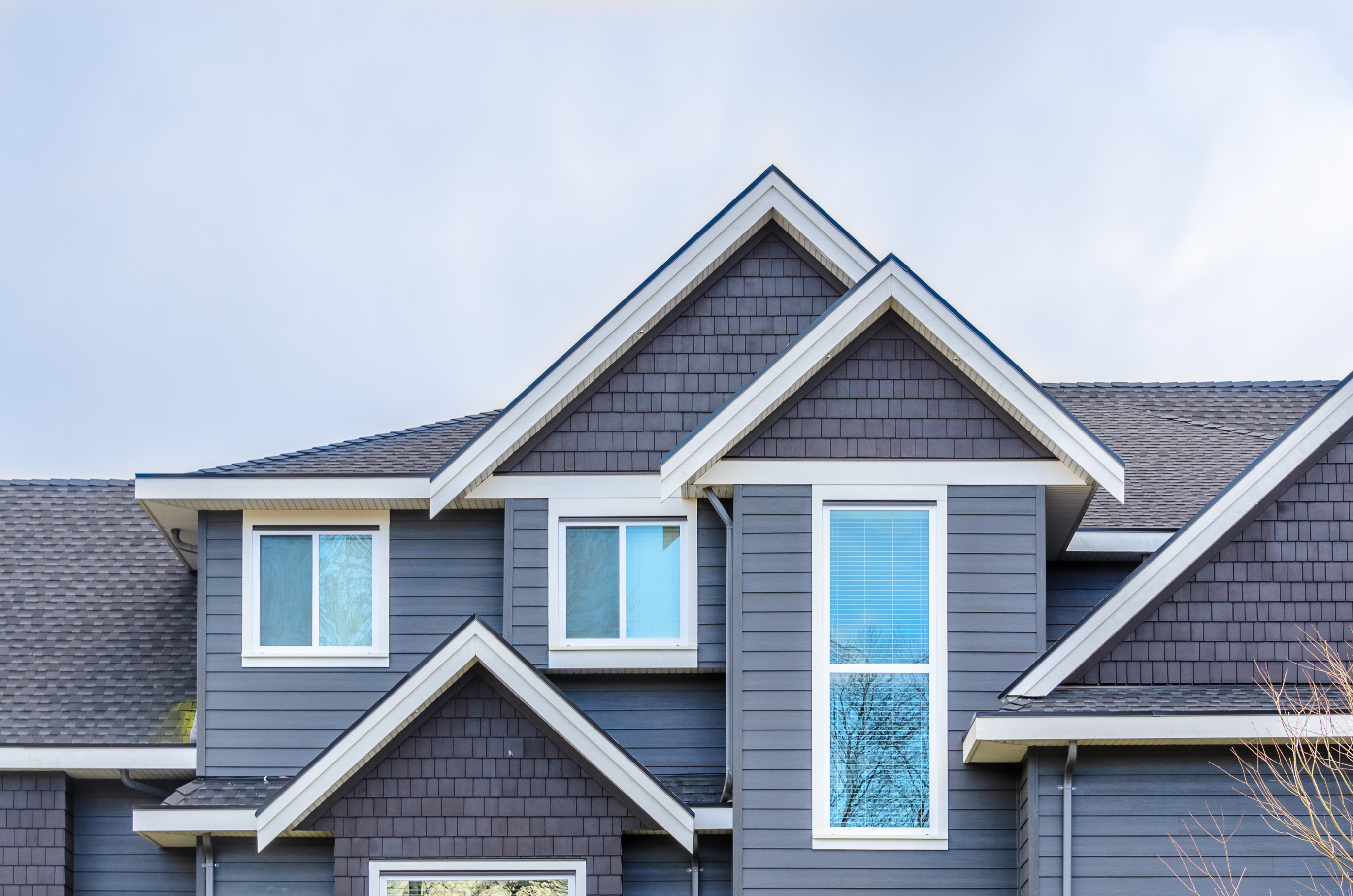
Are Energy-Efficient Windows and Doors Worth the Investment?
Windows and doors are integral to a home's energy performance. They are the barriers between indoor living spaces and the external environment, influencing heat transfer, air infiltration, and overall energy consumption.
But they can be a costly expense, and because the benefits aren’t cosmetic or immediately apparent, many homeowners are tempted to choose cheaper options.
This can end up costing you in the long run. Traditional windows and doors often contribute to energy loss, leading to increased heating and cooling costs and reduced comfort. Air leaks are one of the leading causes of high energy bills. Around 20% of air infiltrates a home through improperly sealed windows, doors, and skylights.
Switching to energy-efficient windows and doors costs more upfront, but the long-term benefits are well worth it. According to energystar.gov, swapping old windows with new ENERGY STAR-qualified models can save you between 7-15% on your annual household energy bills, making up for the upfront cost in 1-6 years. Depending on your location, this can save the average American homeowner anywhere from $71-$501 yearly.
And saving money is only one benefit of investing in ENERGY STAR, high-performance windows and doors. Below, we’ll explore more reasons homeowners are making the switch to energy-efficient alternatives.

5 Benefits of Energy-Efficient Windows and Doors:
1. Enhanced Insulation
One of the key ways your windows and doors impact your energy bill is by keeping air and moisture out of your home through proper insulation. Energy-efficient windows and doors are designed with advanced insulation properties, properties not available in traditional or cheaper options.
Features such as double or triple glazing, low-emissivity (Low-E) coatings, and gas fills (like argon or krypton) reduce heat transfer, maintaining a stable indoor temperature and reducing the load on heating and cooling systems. Energy-efficient external doors can also contain a built-in insulation core, which eliminates the need for additional weatherstripping.
2. Improved Comfort
The hallmark sign of an old, inefficient window is drafts. When you can feel the chill from the outside seeping into your living room through the glass, you know it’s time for a change.
By minimizing drafts and temperature fluctuations, energy-efficient windows and doors create a more comfortable indoor environment. This is particularly beneficial in regions with extreme weather conditions like the Texas Panhandle, where hot summers and cold winters are the norm.
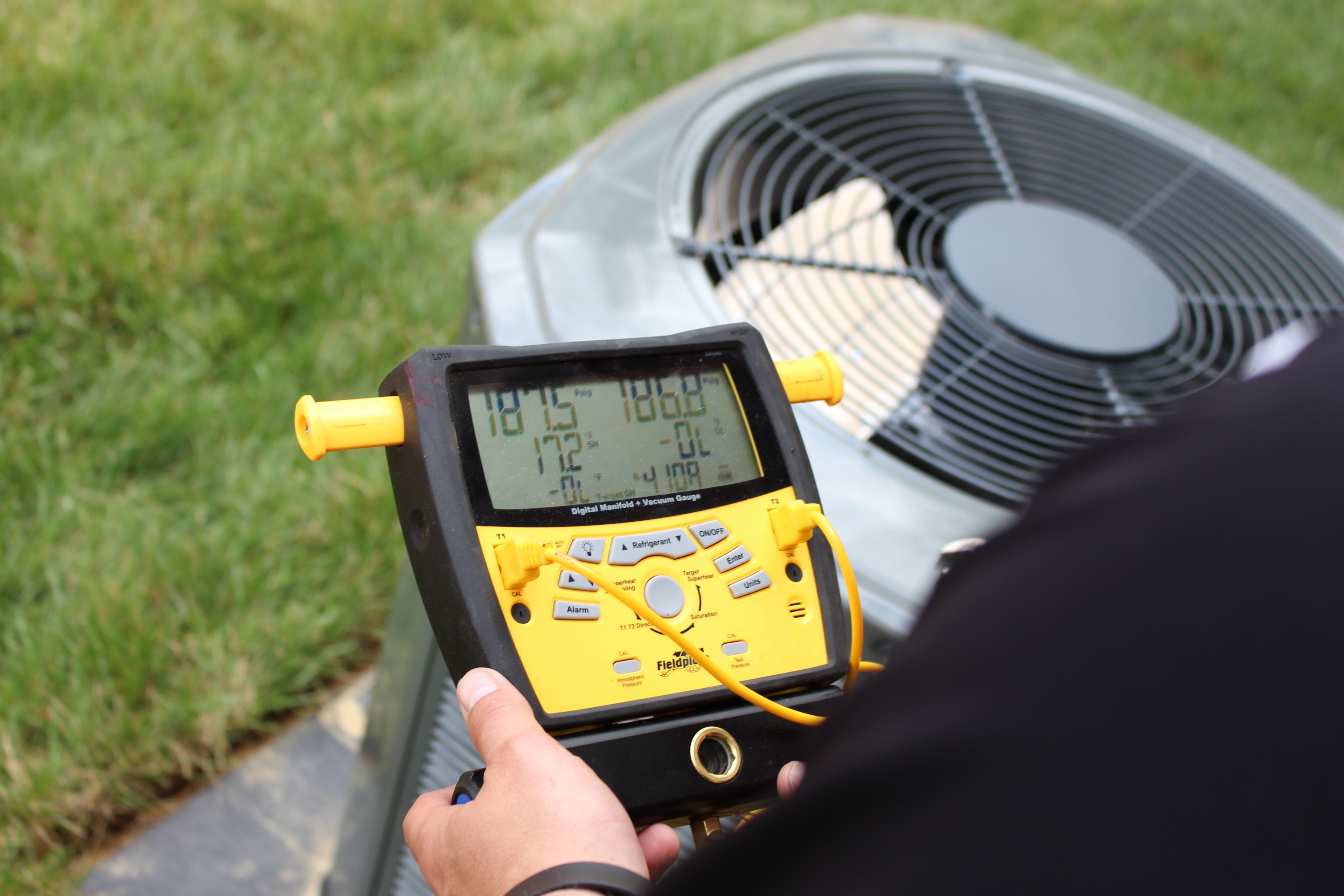
3. Less Strain on Your HVAC System
Enhanced insulation and reduced air leakage don’t just lead to lower utility bills. They can also save you on HVAC system repair and replacement costs.
Windows and doors act as a buffer for your HVAC system, keeping the temperature more consistent year-round. With fewer drafts, your HVAC systems won't need to work as hard to keep your home comfortable.
4. Noise Reduction
According to the U.S. Census Bureau, noise is the top complaint homeowners have about their neighborhoods. While you can’t always change your location or proximity to busy streets, there are steps you can take to enjoy some peace and quiet while inside your home.
Energy-efficient windows and doors offer superior soundproofing. The multiple layers of glass and specialized coatings help reduce external noise, creating a quieter and more peaceful living space.
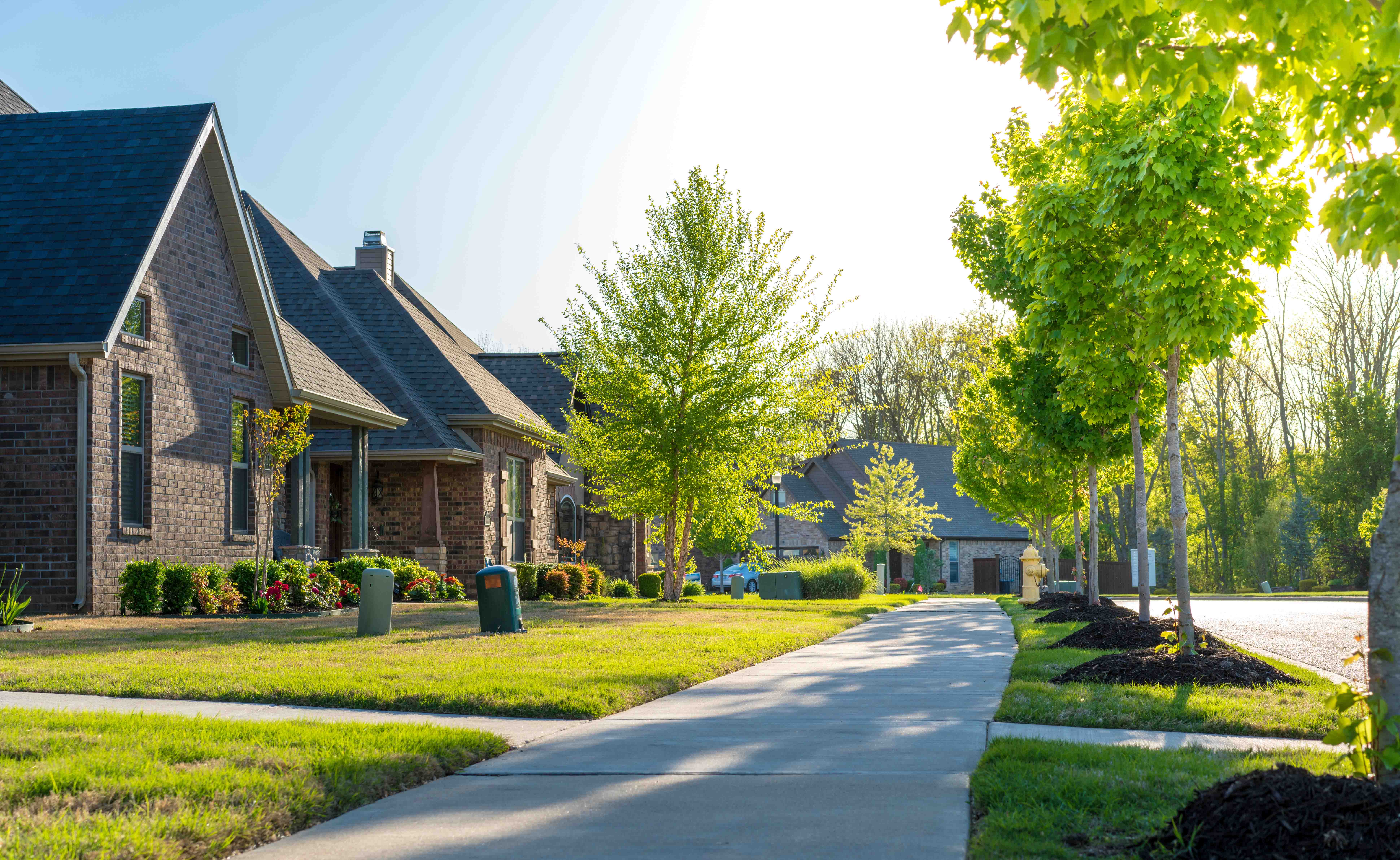
5. Environmental Impact
Upgrading to energy-efficient windows and doors contributes to a lower carbon footprint. By reducing energy consumption, homeowners help decrease greenhouse gas emissions, promoting environmental sustainability.
Lower energy consumption also puts less strain on the power grid, which can reduce blackouts for the whole community.
6. Increased Home Value
Did you know your windows can significantly impact your home’s resale value? According to the Remodeling’s 2023 Cost vs. Value report, replacing vinyl windows with energy-efficient alternatives adds an average of $13,766 to your home’s total value.
For most, this averages about 69% of the cost of window replacement. Similarly, high-quality doors make or break your home’s curb appeal, directly affecting a home’s value and appeal to potential buyers.

Key Features to Look for When Upgrading to Energy-Efficient Windows and Doors
1. Glazing
When it comes to purchasing new windows, the most important decision you can make in terms of energy efficiency is selecting the right glazing. Opt for double or triple glazing to enhance thermal insulation. The additional layers of glass help trap heat during the winter and reflect heat during the summer.
Energy-efficient glazing contains additional properties based on the type of glass, coating, gas filling, and spaces that separate the glazing. The best options include:
Insulated: Two or more panes of glass that are spaced apart and hermetically sealed to lower the U-factor and solar heat gain coefficient.
Low-emissivity coatings: Glass coatings that control heat transfer within the insulated glazing to further reduce energy loss by another 50%.
Spectral selective coatings: A glazing that lets in daylight but filters out heat and harmful UV rays.
2. Gas Fills
The space between panes in a window is filled with clear, nontoxic, odorless gas to minimize the transfer of heat between the layers. The two best options are the inert gasses argon and krypton.
Argon, the more cost-effective option, does a good job of accommodating thermal expansion and pressure within the space. Krypton is more expensive, but it has better heat regulation and energy efficiency.
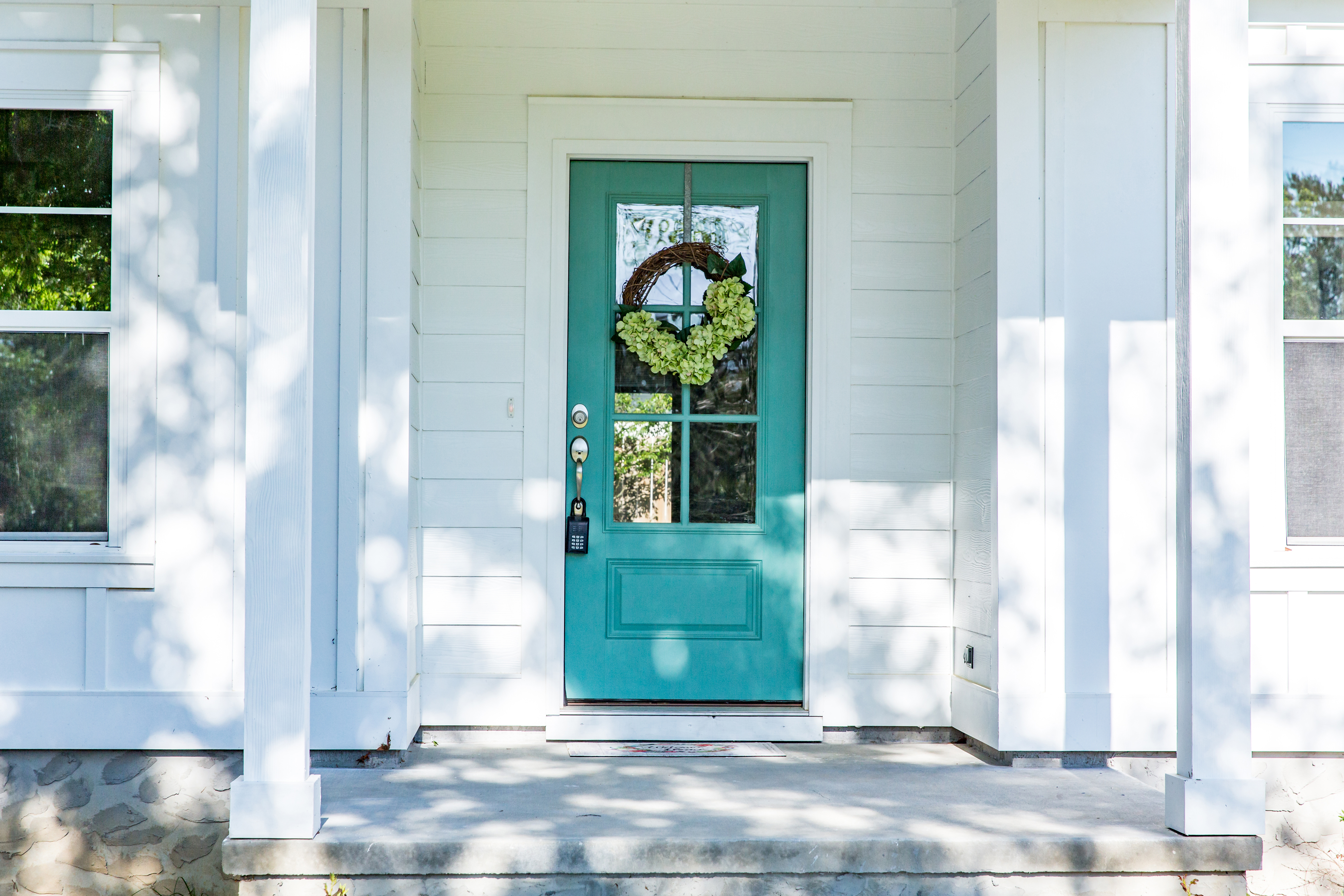
3. Frame Materials
We don’t typically think of a window or door’s frame as part of its energy efficiency, but specific materials can provide better thermal resistance and create an air-tight seal.
Choose frames made from materials with good insulating properties, such as fiberglass, vinyl, or wood with composite cladding:
Fiberglass: Sturdy yet lightweight, fiberglass contains air pockets that can be filled with additional insulation, making them one of the best options for heat regulation. Because of this, they’re typically more expensive and require expert installation.
Vinyl: Vinyl contains ultraviolet light stabilizers to keep sunlight from damaging the material over time. It’s more affordable and can also be filled with insulation.
Composite: Made from composite materials like particleboard, composite wood frames give the same timeless and classy look as wood but with better thermal properties, sturdiness, and moisture and decay resistance.
4. Proper Installation
Because windows and doors seem relatively easy to install, many homeowners choose a DIY approach to set them up. This could be a costly mistake.
You should always ensure your windows and doors are installed correctly to prevent air leakage and optimize their energy-efficient properties. Professional installation is crucial for achieving the best performance.
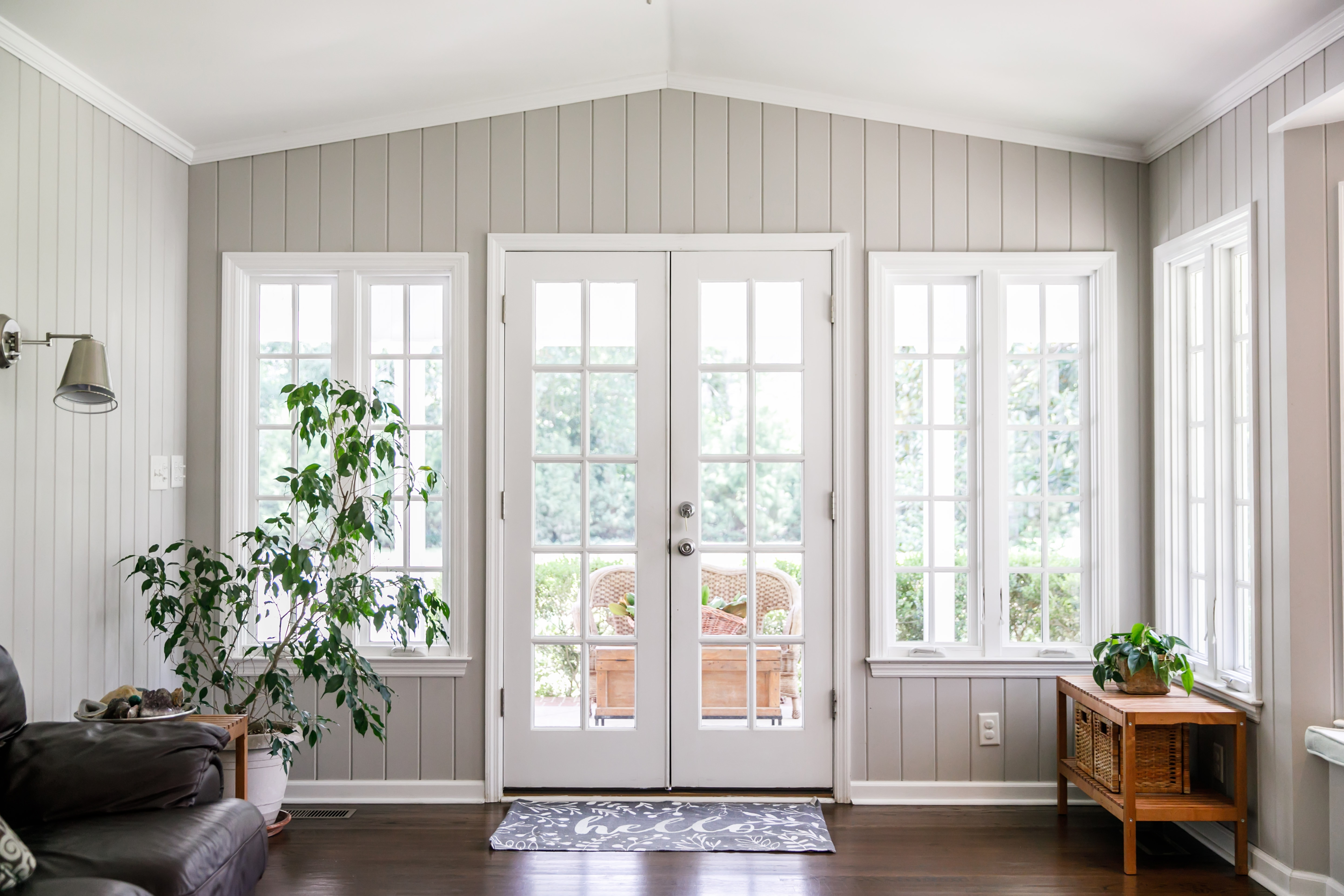
Don’t Just Invest in New Windows & Doors. Invest in Energy Efficiency.
Upgrading to energy-efficient windows and doors is a smart investment for any homeowner looking to enhance comfort, reduce energy bills, and contribute to environmental sustainability.
These upgrades not only improve the thermal performance of your home but also add to its aesthetic appeal and value. As you consider making these enhancements, focus on the features that best suit your climate, budget, and design preferences.
Thank you for joining us this week as we explored the benefits and considerations of energy-efficient windows and doors. Stay tuned for our next discussion on smart home technologies for energy savings and their impact on your home’s overall energy performance.
Do your existing windows and doors need an upgrade? Reach out to Caprock Design + Build. As one of the top homebuilders in the Texas Panhandle region, Caprock Design + Build will work with you to transform your space into a place you’re proud to call home.
Reach out now, and let’s work together to create sustainable, energy-efficient living spaces in your home.
